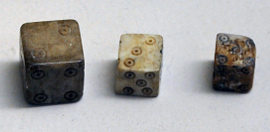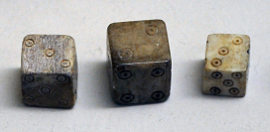My in-laws in Singapore called up, asking for a solution to this puzzle. A short while later they called again to say that they’d solved it, but only after a long period of trial and error, asking me if there was a more systematic way.
Continue reading Making Tough Puzzles Easy (Or Less Tough, Anyway)


